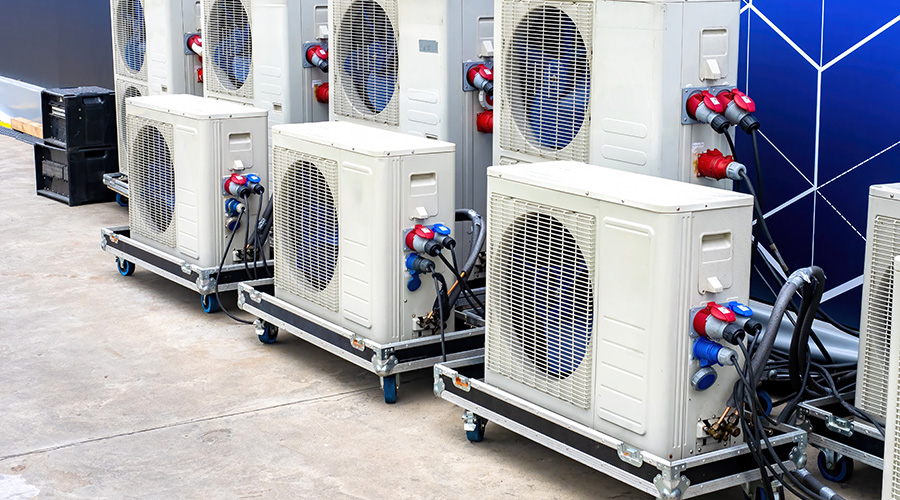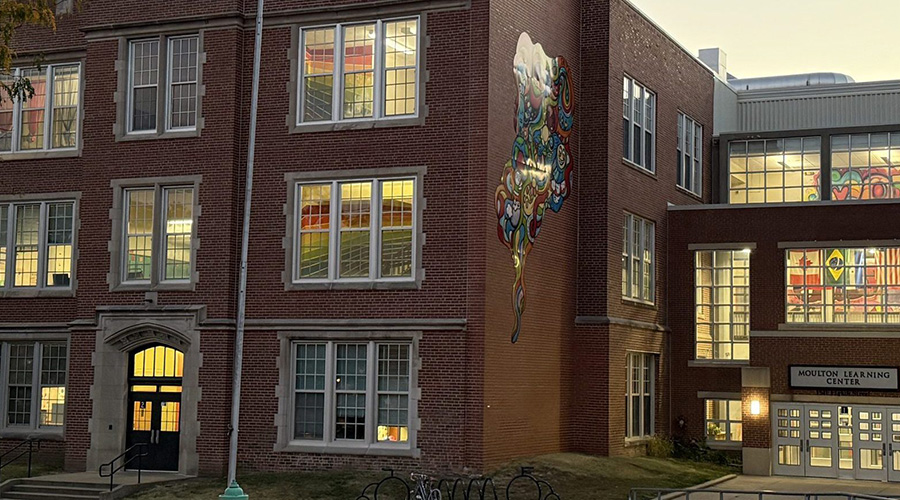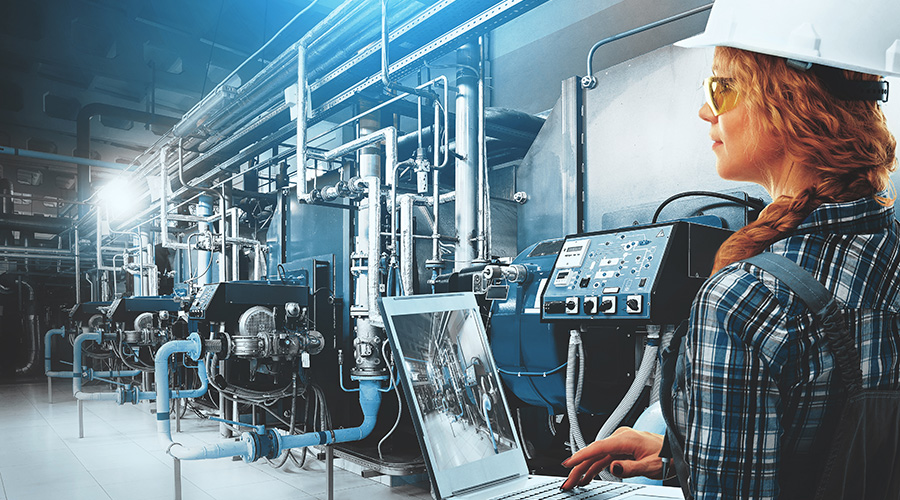Field Museum Benefits from an Ice Age
By Naomi Millàn, Senior Editor
OTHER PARTS OF THIS ARTICLEPt. 1: This Page
On the shore of Lake Michigan, the Field Museum houses one of the world's premier collections of anthropological and biological artifacts, with a central collection comprising over 20 million specimens.
The facility, currently spanning 1.3 million square feet, was built in 1921 and has seen many improvements over its life. But, invisible to its visitors, one of the most significant was the total overhaul of the central plant in 2003 and continued work on the HVAC system.
Before the overhaul, the museum was suffering from an undersized and antiquated system. For example, the system could only run the building in summer or winter mode, says Ernst Pierre-Toussaint, director of facilities at the museum. "If you had a hot day in December, tough luck," he says. Not only was this uncomfortable to the people in the facility, but it was not aiding artifact conservation, which necessitates particular and constant temperature and humidity.
After the millennium rolled around, it was decided to completely revamp the central plant from the ground up: boilers, chillers, everything. The main idea was to harness a little used technology at the time — thermal storage — to shave down peak electric usage.
The museum is only closed on Christmas Day. In addition to normal operating hours, there are about 200 evenings worth of special events per year, with gatherings of up to 10,000 guests and dignitaries such as former President Bill Clinton. There is scarcely a moment when the museum is not on.
This posed great challenges for the renovation. Temporary chillers and boilers were brought in on flat bed trucks and piping run into the facility to support the building during the work. Two 1,000-ton chillers were replaced by four chillers totaling 2,900 tons, two to make ice in 48 ice tanks during off-peak hours, and two to cool the facility while the ice is being made. During the day, while the ice is burned, no chillers operate.
Finding space for the new central plant was a challenge itself. Space was excavated from under a parking lot. Driving the sheeting down to create the storage space for the ice tanks caused significant enough vibrations that it caused fire sprinkler heads to pop on two different occasions in the reptile storage area.
The savings from the thermal storage system are two fold. First, off peak electricity pricing is half to a third what it is during the day, so running the chillers only at night yields an immediate savings, at least $200,000 annually, says Pierre-Toussaint. In addition, the electricity company offers the museum a yearly rebate for participating in a curtailment program during the summer, which would have been impossible to do before the ice tanks were installed.
During cool Chicago weather, it's possible to drive savings further in economizer mode, which is automatically run by the building automation system. But certain areas of the building, namely artifact storage, are not pulling in outside air. A return air system relying on chilled water is used, but it's sometimes possible to only burn off half the ice load while meeting dehumidification needs.
Calculating a straight ROI for the project isn't clear-cut, says Pierre-Toussaint. The new system is more sophisticated and made it possible to support a 200,000-square-foot addition. "With the old system, there's no way we could have done that," says Pierre-Toussaint. In addition, the value of improved storage of priceless artifacts is tricky to calculate.
The "new" central plant has been in place for just about a decade, and Pierre-Toussaint says he has no complaints. During the day, it's so quiet that he likes to take guests down to check out the system. "It's almost not even like a mechanical room," he says.
The renovation is ongoing. Undersized air handling units are being replaced and fitted with variable frequency drives over time. Existing pipe insulation, some of which has been in place for 30 years, is being replaced. And VAV fan-powered boxes are replacing fan coil units.
"Even though we have the central plant in place, it's a work in progress," says Pierre-Toussaint. "The central plant is like the heart, but we still continue upgrading all the arteries."
Related Topics:











